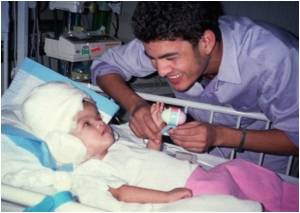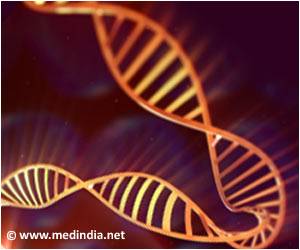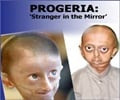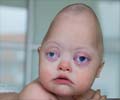
The study identified two genes (BMP2 and BBS9) associated with sagittal craniosynostosis that are known to be involved in broader skeletal development.
Results of the research project, "A genome-wide association study identifies susceptibility loci for non-syndromic sagittal craniosynostosis near BMP2 and within BBS9," are published online today in the journal Nature Genetics.
"Seattle Children's treats hundreds of children with different types of craniosynostosis each year, many whose families are looking for answers to what causes the condition and many of whom participated in this study. This discovery brings us one step closer to unraveling the mysteries of craniosynostosis, which will lead to improved counseling of our patients and their families," said Michael Cunningham, MD, PhD, a principal investigator at Seattle Children's Research Institute who studies the genetics and developmental biology of craniosynostosis.
Dr. Cunningham is the medical director of the Craniofacial Center at Seattle Children's Hospital, Professor of Pediatrics at the University of Washington and a founding member of the International Craniosynostosis Consortium (ICC), the organization that enrolled and evaluated all study participants.
In this study – believed to be the first genome-wide association study of non-syndromic sagittal craniosynostosis – investigators scanned the whole genome of a group of children and adults with the condition and compared them to a control group without it. Researchers identified single nucleotide polymorphisms (SNPs) that were associated with the condition. SNPs are changes in DNA in which a nucleotide differs from the one normally in that position and can be used to identify genes linked to the disease.
Advertisement
During normal development, the bony plates of the skull are separate during fetal development and early infancy, which allows for growth of the skull. The borders where these bony plates intersect are known as sutures. The sagittal suture usually does not fuse until adulthood. If the midline suture at the top of the head closes too early, a child will develop sagittal craniosynostosis. Without surgical treatment, this can cause increased pressure within the skull, visual problems and learning disabilities.
Advertisement
"Our participation in this collaborative effort and our ongoing research into the biology of craniosynostosis will result in tangible changes in how we diagnose and treat craniosynostosis," Dr. Cunningham said.
Source-Eurekalert













